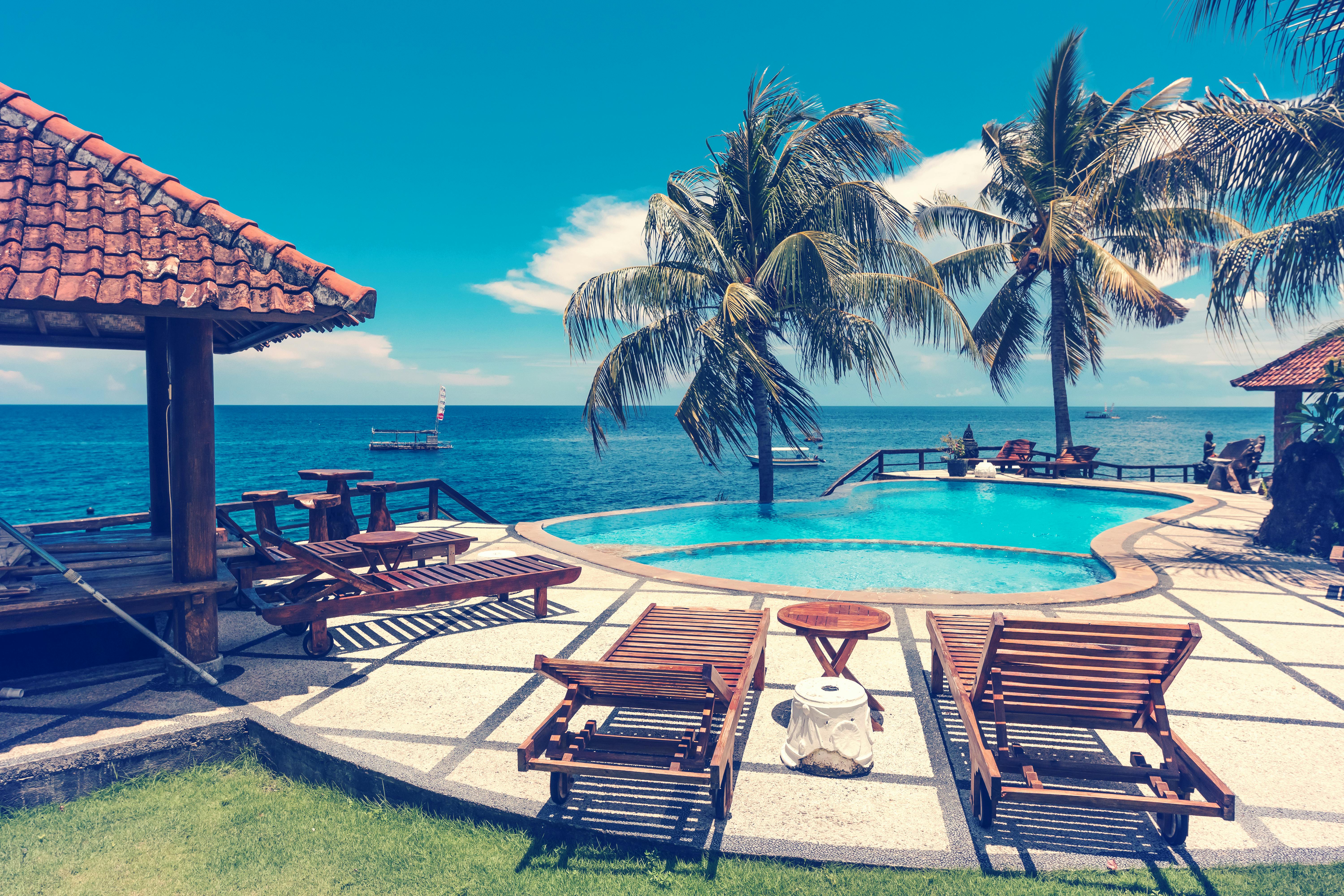
When innovation becomes an exercise in agility
“The true act of discovery is not to find new lands but to see with new eyes.” Marcel Proust
No company surpasses Cirque du Soleil in illustrating Proust’s vision, as it redefined the outdated and declining genre of theater in the 1980s and has continually changed and reinvented itself ever since. Cirque du Soleil was originally created by a band of creatively resourceful street performers and to date has entertained nearly 150 million people on six continents and in more than 300 cities, earning more than $1 billion annually.
The Canadian company began its transformation by capturing feedback from its circus audience, asking them what they really liked about its show. As the feedback was quite negative, he proceeded to challenge his own perception of what a performance really was. To help with the process, Cirque du Soleil looked outside of the circus industry for inspiration in adjacent markets such as theater, live music acts, street arts, ballet, opera, etc. The result was the introduction of a new form of entertainment, theme-driven shows, combining compelling storylines, artistic costumes, music, dance and world-class athletics. Cirque du Soleil reinvented itself so completely that one of its first productions was called “We Reinvent the Circus.” Now their repertoire includes 33 shows, of which 21 are still touring, on a variety of topics ranging from water sports (O) to The Beatles (Love) to martial arts (Ká) to insects (Ovo) to the evolution of humanity (Totem).
As part of its transition from traditional circus, Cirque du Soleil abandoned some established acts, such as those featuring animals and star performers (for example, the “Star Clown”), raised the bar on acrobatics, hired professional singers and orchestras, and created a new concept of developing a scenario of how a show should work from start to finish. Furthermore, it increased the uniqueness of its venues by developing its own stylish multi-ring tents. Getting rid of structurally unappealing circus acts reduced their cost base, while the uniqueness of their shows allowed for a higher-than-circus pricing policy. He had entered a market without competition.
The Canadian company expanded its target audience beyond the existing circus, moving away from the unprofitable children’s market and reaching a whole new group of customers, adults and corporate clients, who were willing to pay a higher price for an unprecedented entertainment experience. and had abandoned the traditional circus for other types of shows such as theater, cabaret, opera, ballet or concerts. At the same time, developing two or three productions each year and creating a mix of traveling and sit-down shows created a market for regulars that had not been possible with traditional circus performances.
To achieve this level of innovative artistry, Cirque du Soleil has established a culture of innovation, continually seeking new challenges and cultivating openness and discussion. A diversity of people, ideas, ambitions and influences is at the center of the positive friction and artistic tension that gives birth to innovative advancement and, more importantly, helps weed out bad ideas quickly. His deep commitment to R+D+i is the catalyst for his creative spark. He has built extensive archives with thousands of books, videos, musical scores and images. He continually researches trends for new ideas, including “what’s cool and unique,” and is always looking for young artists from diverse backgrounds to gain access to new and diverse points of view. It works closely with university art and engineering departments actively seeking student ideas for its shows. In 2013, she announced the formation of a multi-year fellowship program based in Las Vegas (home to seven Cirque du Soleil productions) with the UCLA School of Theatre, Film and Television. New techniques are also constantly being developed. , acrobat mentor André Simard, whose innovations include a new safety line for aerobatics, calls himself not a creative director but a “research and development specialist.”
Cirque du Soleil has used its innovative artistry to develop partnerships that have helped expand its yellow and blue striped top, but also go further to build a growing set of business models around product marketing, licensing, production of videos, including:
– Alliances with companies such as Disney, MGM Mirage or Grupo Vedanta to develop new shows
– Joint ventures such as Cirque du Soleil Media with Bell Media to develop media content for television, film, digital and gaming platforms that gave birth to the 3-D film “Cirque du Soleil: Worlds Away” in collaboration with the producer of cinema james cameron
– Your own special events business that runs a handful of private and corporate events each year with specially choreographed programs or content. These included the 2007 Super Bowl, the launch of Microsoft’s Kinect system for Xbox Los Angeles in 2010, the promotion of Google’s Chrome browser in 2012, and the recent launch of IWC’s aquamarine collection in Geneva.
– Expansion into adjacent markets such as advertising through the acquisition of a minority stake in sid lee cooperate in the area of branded content or fitness, partnering with Reebok to create a women’s fitness routine based on their artistic creation.
Cirque du Soleil’s market has become more contested as a result of increasing competition from older circuses upgrading their acts, from other companies like Momix merging various disciplines, and from new smaller groups. However, his multiple business models seem to help Cirque du Soleil prosper without compromising the company’s core revenue stream or artistic integrity.